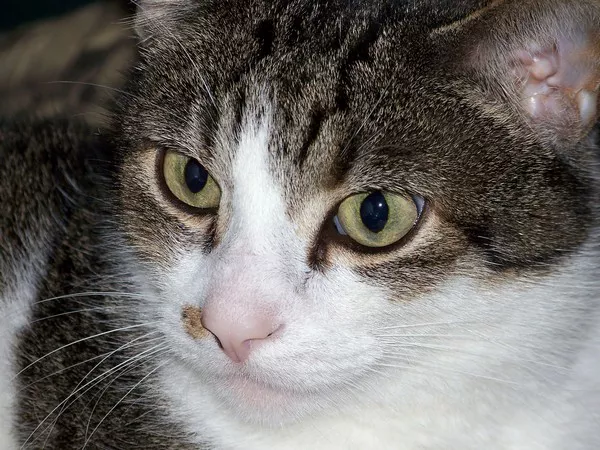Cats, with their diverse breeds and captivating personalities, often inspire enthusiasts to explore the world of cat breeding. For beginners and those new to the nuances of feline reproduction, embarking on a cat breeding journey can be both exciting and challenging. In this comprehensive guide, we unravel the essentials, providing insights, tips, and considerations for those entering the realm of cat breeding.
Deciphering the Art of Cat Breeding
Cat breeding involves a combination of science, dedication, and a deep understanding of feline behavior. Before diving into the intricacies of cat breeding, it’s essential to recognize that responsible breeding prioritizes the health and well-being of both the parent cats and their offspring.
1. Understanding Cat Breeds:
The first step in cat breeding is gaining a comprehensive understanding of different cat breeds. Each breed has unique characteristics, temperaments, and potential health considerations. Research extensively to identify breeds that align with your preferences, lifestyle, and breeding goals. Familiarity with breed standards helps maintain the integrity of specific traits and characteristics.
2. Educate Yourself on Feline Genetics:
Cat breeding involves navigating the intricacies of genetics to achieve desirable traits and minimize potential health issues. Basic knowledge of feline genetics, including coat colors, patterns, and inheritable conditions, is crucial. Familiarize yourself with terms like recessive genes, dominant genes, and genetic mutations to make informed breeding decisions.
3. Establish a Responsible Breeding Program:
Responsible breeding prioritizes the health, temperament, and overall well-being of the cats involved. Before initiating a breeding program, ensure you have the resources, time, and commitment to address the needs of both the breeding pair and the resulting kittens. Consider consulting with experienced breeders or joining breeding associations for guidance.
4. Selecting Breeding Cats:
Choosing the right breeding pair is a critical decision that influences the success of your breeding program. Consider factors such as the cats’ health history, genetic background, and temperament. Opt for cats that complement each other in terms of physical traits and conform to breed standards. Regular veterinary check-ups are essential to ensure the breeding pair is in optimal health.
5. Preparing for Breeding:
Successful breeding begins with proper preparation. Ensure that the breeding cats are in excellent health, up-to-date on vaccinations, and free from parasites. Familiarize yourself with the female cat’s estrus cycle, commonly known as the heat cycle, to identify the optimal time for mating. Create a comfortable and secluded space for the breeding pair to encourage natural behavior.
6. The Mating Process:
Understanding the mating process is crucial for beginners entering the world of cat breeding. During the female cat’s heat cycle, she may display behavioral changes such as increased vocalization and affectionate behavior. Introduce the male cat to the female’s space gradually, allowing them to become familiar with each other. The mating process should occur naturally, and forcing the cats can lead to stress and potential breeding failures.
7. Pregnancy and Care:
Once mating is successful, the female cat enters the pregnancy phase. Provide proper nutrition, a stress-free environment, and regular veterinary check-ups to ensure the well-being of the pregnant cat. Understand the typical gestation period for cats, which is around 63 to 65 days. Prepare a comfortable birthing area, known as a nesting box, where the cat can give birth and care for her kittens.
8. Kittening and Early Care:
Kittening is a delicate process that requires minimal interference. Monitor the birthing process from a distance, intervening only if necessary. Ensure the kittens are nursing, and provide a warm and safe environment. As the kittens grow, monitor their development, administer vaccinations as recommended by a veterinarian, and socialize them to ensure they adapt well to human interaction.
9. Responsible Placement of Kittens:
Responsible breeding extends beyond the birth of the kittens. Vet potential adopters thoroughly to ensure they provide a loving and caring home. Provide comprehensive information about the kitten’s health history, vaccinations, and care requirements. Establish a clear adoption contract that includes spaying or neutering agreements and follow up with adopters to monitor the well-being of the kittens.
Conclusion
Embarking on a cat breeding journey requires a combination of knowledge, dedication, and ethical responsibility. Understanding cat breeds, genetics, and responsible breeding practices is essential for a fulfilling and positive experience. Whether you’re a beginner or someone navigating the complexities of feline reproduction, prioritize the health and well-being of the cats involved. With a commitment to responsible breeding, you can contribute to the well-being of feline communities and create lasting connections with these wonderful creatures.
























